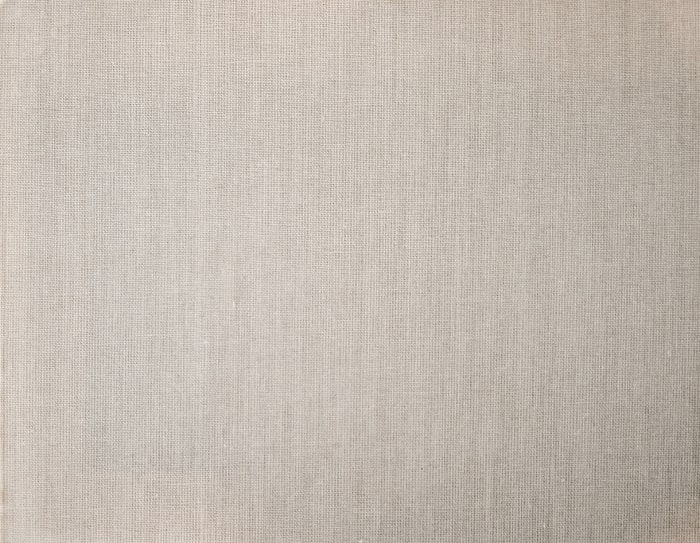If you ever own a nyp shirt or look into custom t-shirt printing in Singapore, chances are you’d have known what fabric and textile mean. Whether you’re working with fabric, or printing on textiles, they never seem to differ much. But have you ever wondered why this is? And what’s the definition of a textile and how different it is from fabric?
It turns out that textiles have many uses outside of the fashion world. Aside from being part of clothing – custom t-shirts, t-shirt printing, and so on- textiles also play a critical role in the medical field, weaponry, and agricultural fields. Essentially, what’s the difference between fabric and textile? The answer that you’re looking for is a lot more specific than you’d think; just like how different printing methods are compared – “Is DTG printing really superior to silkscreen printing?”
What’s the Definition of Textile?

To break the difference between fabric and textiles down clearly, the term ‘textile’ must be clearly defined. Its definition is any material made of interlacing fibers, including carpet and geotextiles. Any woven fabric is a textile. What every textile has in common is that it’s made from textile fiber.
What is a Textile Fiber?

Products of textile fiber include yarn, thread, natural silk, rayon, chemical fiber short-hair silk, elastic silk, and metal wire. Textiles are created by processing or weaving these materials. These can create manufactured goods, such as custom t-shirts, accessories, gloves, or any type of plastic, industrial, natural fur, or medical fabric. This means that beyond the world of fashion, textiles comprise any woven material for any use.
Classification of Textile Fibers
Textile fibers can be classified using three different methods: structure, utility, and production of textiles.
The first classification of textile fibers is according to the structure, materials, processing technology, texture, appearance, and the main use of textiles.
The second classification is by the use of textiles, divided into clothing textiles for plain t-shirts, decorative textiles, and industrial textiles.
Lastly, textiles can be classified according to their production, into line, belt, textile cloth, and more. These methods help to distinguish the fibers needed for certain products.
What’s the Definition of Fabric?

A fabric may seem pretty much like a textile, except that it is a flat-film mass consisting of fine-soft objects connected by intersecting and joining. Fabrics cover all woven materials, but they include non-woven materials too! Fabrics, essentially have a more unique style of connecting than textiles.
Common examples of non-woven fabric include teabag paper, face cloths, synthetic fiber paper, and more.
Fabric Versus Textile
The difference between fabric and textile has little to do with their definitions and more to do with their production and usage. Choosing the right term can make a difference between having the best t-shirt or the worst t-shirt, especially even with the best t-shirt printing services in Singapore. Textiles act more like an unfinished product, or they combine with other materials to create something different.
Fabric is mainly a “starter” mixed with other materials, creating the finished product. If there is no strict quality test in the production process for the textile, we can’t imagine what our life will look like. Fabric testing is only one aspect of textile testing. Above all, it’s the most common and important link for testing textile quality.
Fabric testing is crucial as it assesses the performance of textiles, ensuring the quality of the product is exactly what you pay for. This testing is crucial to understanding the end result of the product and its quality.
In conclusion
Textiles are everywhere – from fiber to yarn, from cloth to custom t-shirts, from medical treatment to various industries. They range from fibers woven together o a finished product, ready for use. Fabric is under the textile umbrella. So in other words, you can make fabric and textiles from the same material!
To summarise, fabric is part of a textile, while not all textiles are fabric.
Now that you know the difference between fabric and textile, would you still commit the same mistake by using the wrong term when it comes to printing your custom t-shirts in Singapore? Whether you’re printing corporate shirts or t-shirts for your loved ones, the use of the right terms could actually save you the embarrassment when dealing with your vendor!
If you are looking to print your custom t-shirts, Queensway Shopping Centre may be the place you can consider especially if you stay in Queenstown estate Singapore! Also, if you are looking for reliable printing services other than the one mentioned, feel free to contact Print on Demand Singapore for more inquiries! They provide services such as DTG, embroidery, and even vinyl printing!
